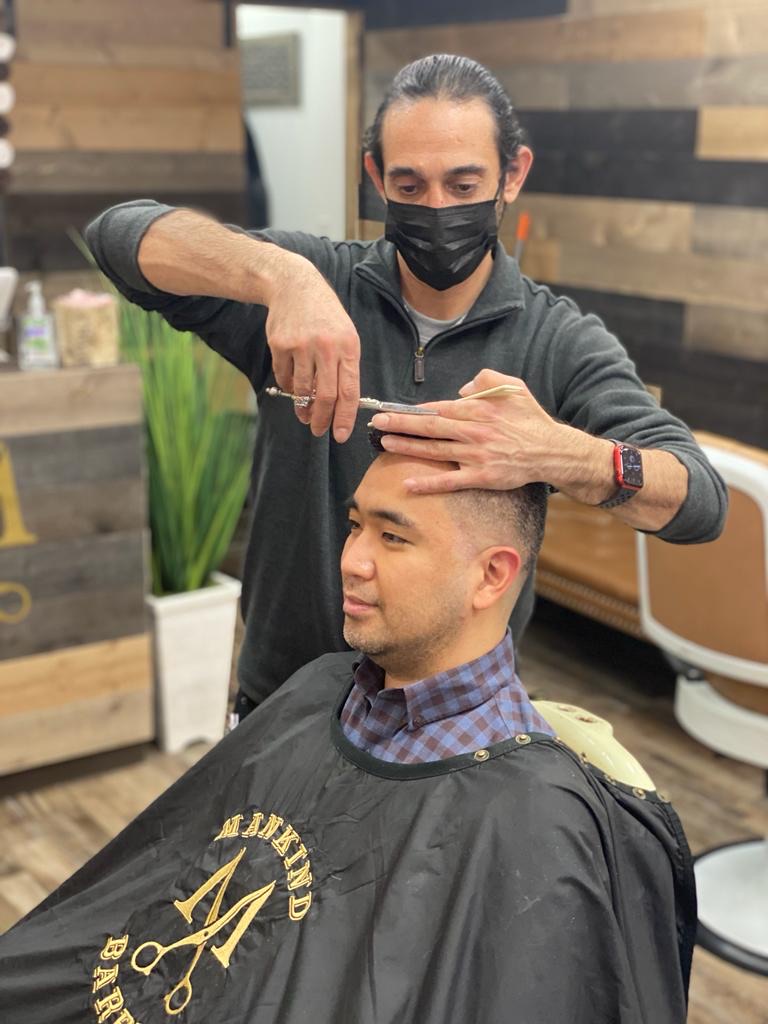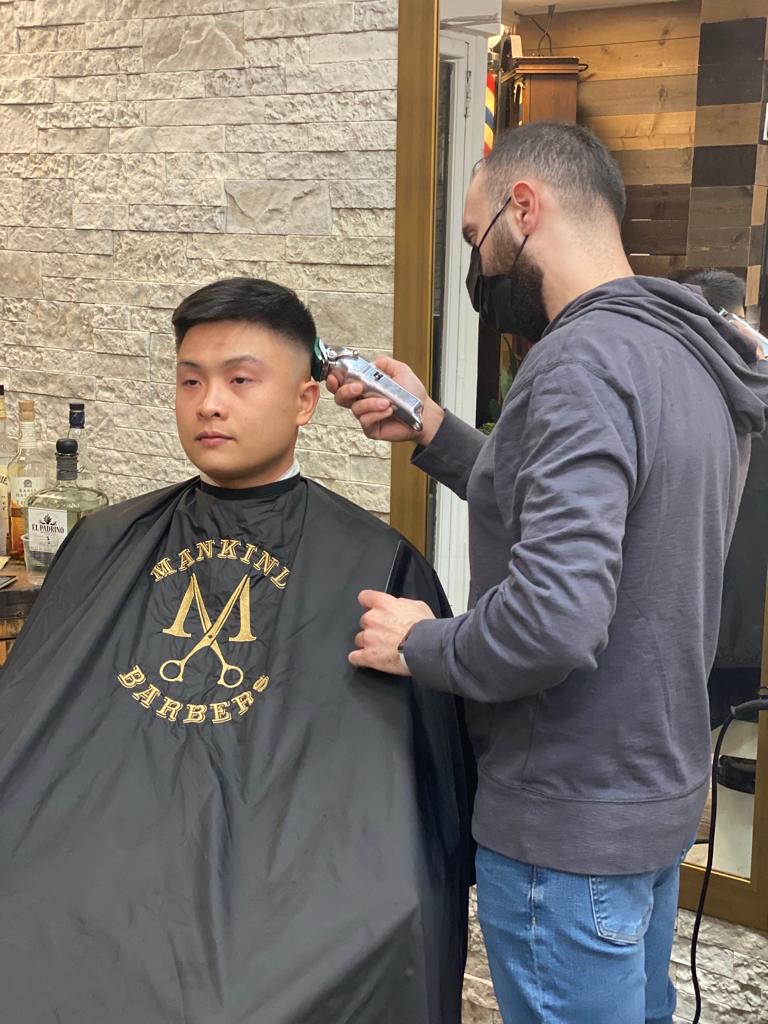Frequently Asked Questions
The key differences between a fade and a taper haircut for men lie primarily in the blending techniques and the overall silhouette of the hairstyle. A fade haircut features a seamless transition from short to shorter hair, typically starting at the sides and back, where the hair is gradually faded down to the skin, creating a sharp contrast with the longer hair on top. This style can vary in height, including low, mid, and high fades, each offering a distinct look and level of boldness. In contrast, a taper haircut involves a more subtle reduction in hair length, where the hair gradually shortens from the top down to the sides and back, but does not go down to the skin. The taper maintains a more conservative appearance, often leaving a bit more length at the nape and around the ears, which allows for a softer, more blended finish. Both styles can be customized with various textures, lengths, and styling products, but the fade is generally considered more dramatic, while the taper offers a classic, refined aesthetic.
To achieve a textured crop using classic haircut techniques, a skilled stylist begins by employing the foundational method of point cutting, which creates soft, feathered edges that enhance the overall texture. The stylist may also utilize a combination of scissor-over-comb and clipper-over-comb techniques to establish a well-blended silhouette, ensuring that the hair maintains a natural flow while removing bulk. Incorporating layering is essential, as it adds dimension and movement, allowing the hair to fall effortlessly. The use of texturizing shears can further refine the look, creating a lived-in appearance that is both modern and versatile. Additionally, the stylist may apply a light pomade or sea salt spray to accentuate the texture and provide a matte finish, ensuring that the crop remains stylish and easy to maintain. By mastering these classic techniques, the stylist can deliver a textured crop that is tailored to the client's hair type and personal style, resulting in a contemporary yet timeless haircut.
To effectively execute the classic scissor-over-comb technique, a stylist requires several essential tools that enhance precision and control during the haircutting process. A high-quality pair of hair cutting scissors, preferably with a sharp, convex edge, is crucial for achieving clean lines and seamless blending. Complementing the scissors, a fine-toothed comb is indispensable for lifting and sectioning the hair, allowing for accurate placement and tension while cutting. Additionally, a texturizing shear may be utilized to soften the edges and create a more natural finish, particularly in layered styles. A sectioning clip can help manage the hair, keeping it organized and out of the way during the cutting process. Furthermore, a spray bottle filled with water can be beneficial for dampening the hair, ensuring better control and reducing frizz. Together, these tools facilitate the execution of the scissor-over-comb technique, enabling the stylist to achieve a polished and professional look.
To effectively blend different lengths in a pompadour hairstyle, one must utilize a combination of precise layering techniques and strategic texturizing methods. The stylist begins by establishing a solid foundation with a longer top section, which is crucial for achieving the signature height and volume characteristic of the pompadour. Gradually tapering the sides and back with clippers or scissors allows for a seamless transition, ensuring that the shorter lengths complement the longer strands without harsh lines. Incorporating techniques such as point cutting or slide cutting can enhance the texture and movement, creating a more dynamic appearance. Additionally, using styling products like pomade or mousse can help define the shape while providing hold, allowing the pompadour to maintain its structure throughout the day. By paying careful attention to the blending process and utilizing the right tools, the stylist can create a polished and cohesive look that showcases the versatility of varying hair lengths within the pompadour style.
Maintaining a classic undercut between haircuts requires a combination of strategic grooming techniques and regular upkeep to ensure the style remains sharp and well-defined. Regularly trimming the longer top section helps to prevent split ends and maintains the desired length, while using high-quality hair products, such as pomades or waxes, can enhance texture and provide hold without weighing the hair down. Additionally, employing a fine-tooth comb for styling can help achieve a polished look, while a good pair of hair clippers can be used for touch-ups on the sides and back to keep the undercut clean and crisp. It is also beneficial to schedule routine visits to a professional barber who specializes in undercuts, as they can provide expert advice on maintaining the shape and balance of the hairstyle. Lastly, incorporating a nourishing hair care regimen, including regular conditioning treatments, can promote healthy hair growth and overall vitality, ensuring the undercut remains stylish and well-maintained between appointments.

